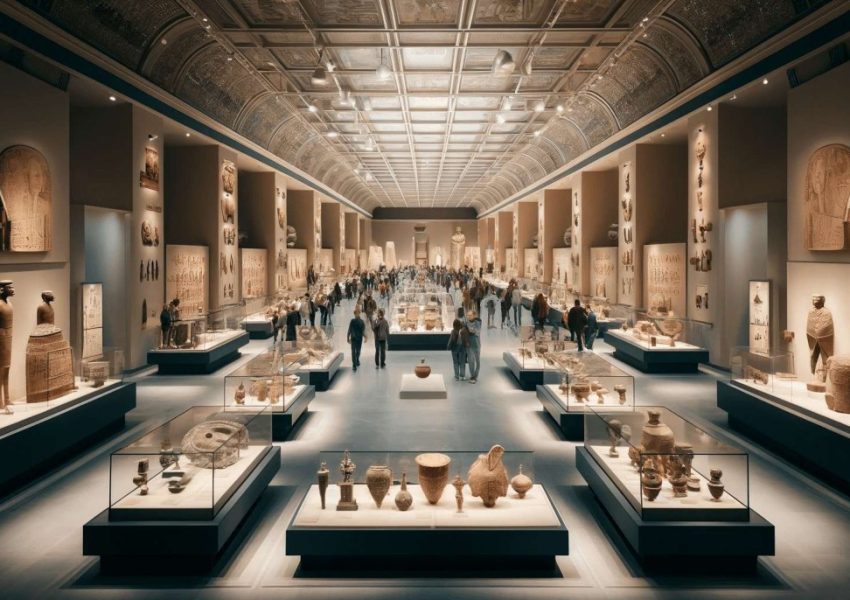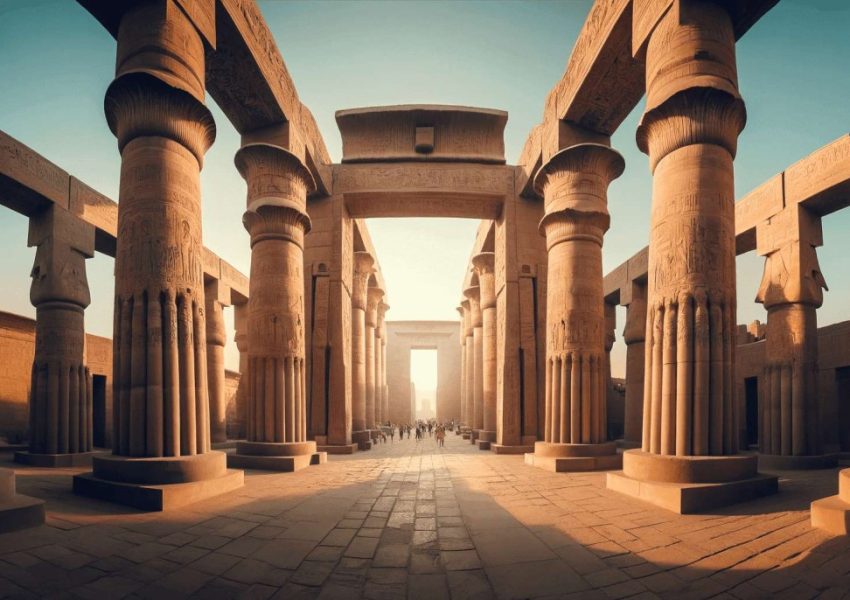Embark on the next leg of our Egyptian journey as we turn from the solemn tranquility of sacred…
No other nation in the world says ‘Welcome’ as often as the Egyptians, and every time, they mean it. While the ancient civilization of Egypt continues to amaze, contemporary Egyptians are equally remarkable.






